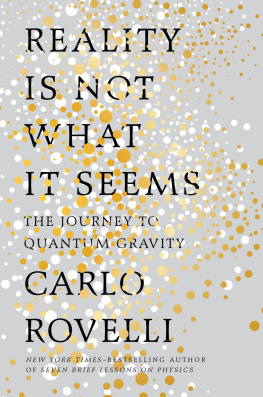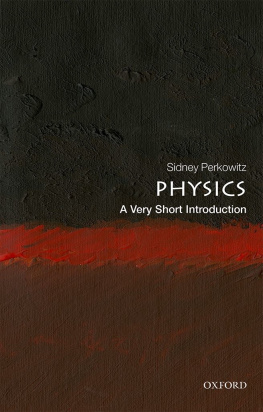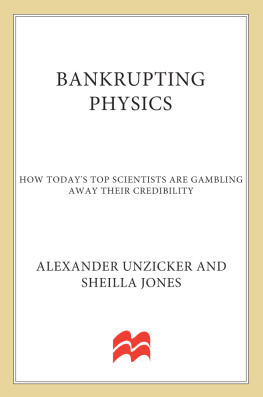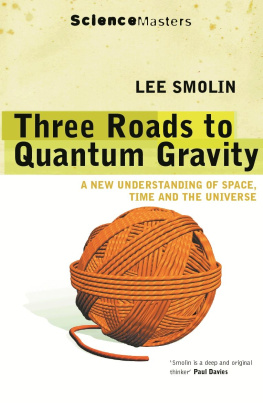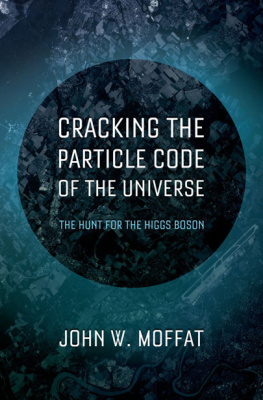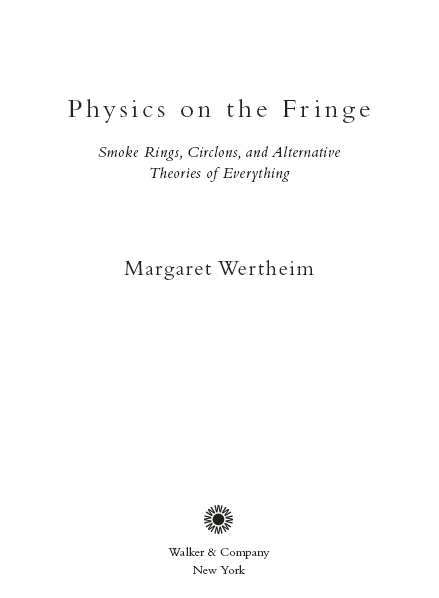Wertheim - Physics on the fringe smoke rings, circlons, and alternative theories of everything
Here you can read online Wertheim - Physics on the fringe smoke rings, circlons, and alternative theories of everything full text of the book (entire story) in english for free. Download pdf and epub, get meaning, cover and reviews about this ebook. City: New York, year: 2013, publisher: Walker & Company, genre: Detective and thriller. Description of the work, (preface) as well as reviews are available. Best literature library LitArk.com created for fans of good reading and offers a wide selection of genres:
Romance novel
Science fiction
Adventure
Detective
Science
History
Home and family
Prose
Art
Politics
Computer
Non-fiction
Religion
Business
Children
Humor
Choose a favorite category and find really read worthwhile books. Enjoy immersion in the world of imagination, feel the emotions of the characters or learn something new for yourself, make an fascinating discovery.

- Book:Physics on the fringe smoke rings, circlons, and alternative theories of everything
- Author:
- Publisher:Walker & Company
- Genre:
- Year:2013
- City:New York
- Rating:5 / 5
- Favourites:Add to favourites
- Your mark:
Physics on the fringe smoke rings, circlons, and alternative theories of everything: summary, description and annotation
We offer to read an annotation, description, summary or preface (depends on what the author of the book "Physics on the fringe smoke rings, circlons, and alternative theories of everything" wrote himself). If you haven't found the necessary information about the book — write in the comments, we will try to find it.
For the past fifteen years, acclaimed science writer Margaret Wertheim has been collecting the works of outsider physicists, many without formal training and all convinced that they have found true alternative theories of the universe. Jim Carter, the Einstein of outsiders, has developed his own complete theory of matter and energy and gravity that he demonstrates with experiments in his backyard-with garbage cans and a disco fog machine he makes smoke rings to test his ideas about atoms. Captivated by the imaginative power of his theories and his resolutely DIY attitude, Wertheim has been following Carters progress for the past decade.
Centuries ago, natural philosophers puzzled out the laws of nature using the tools of observation and experimentation. Today, theoretical physics has become mathematically inscrutable, accessible only to an elite few. In rejecting this abstraction, outsider theorists insist that nature speaks a language we can all understand. Through a...
Wertheim: author's other books
Who wrote Physics on the fringe smoke rings, circlons, and alternative theories of everything? Find out the surname, the name of the author of the book and a list of all author's works by series.

